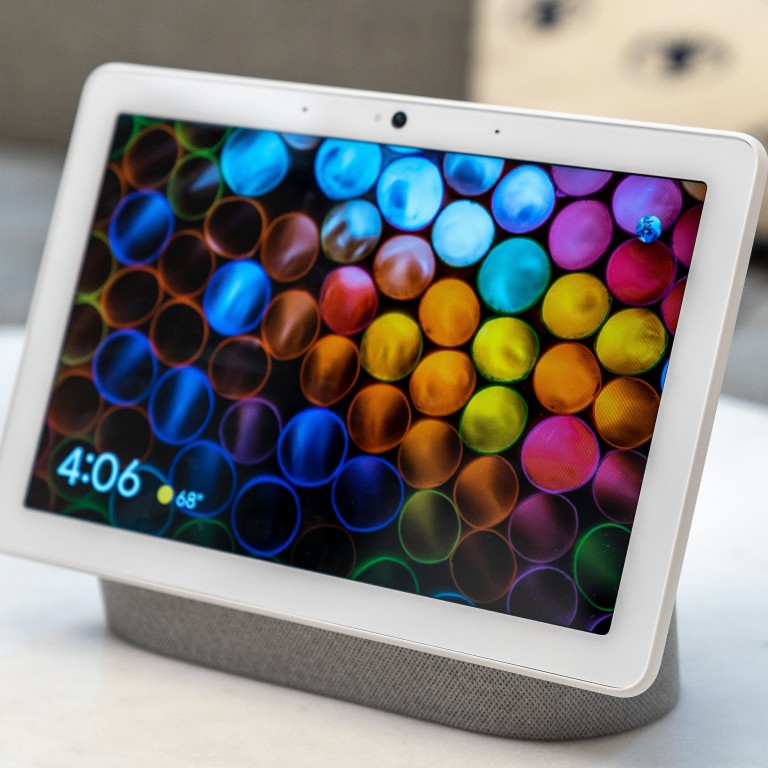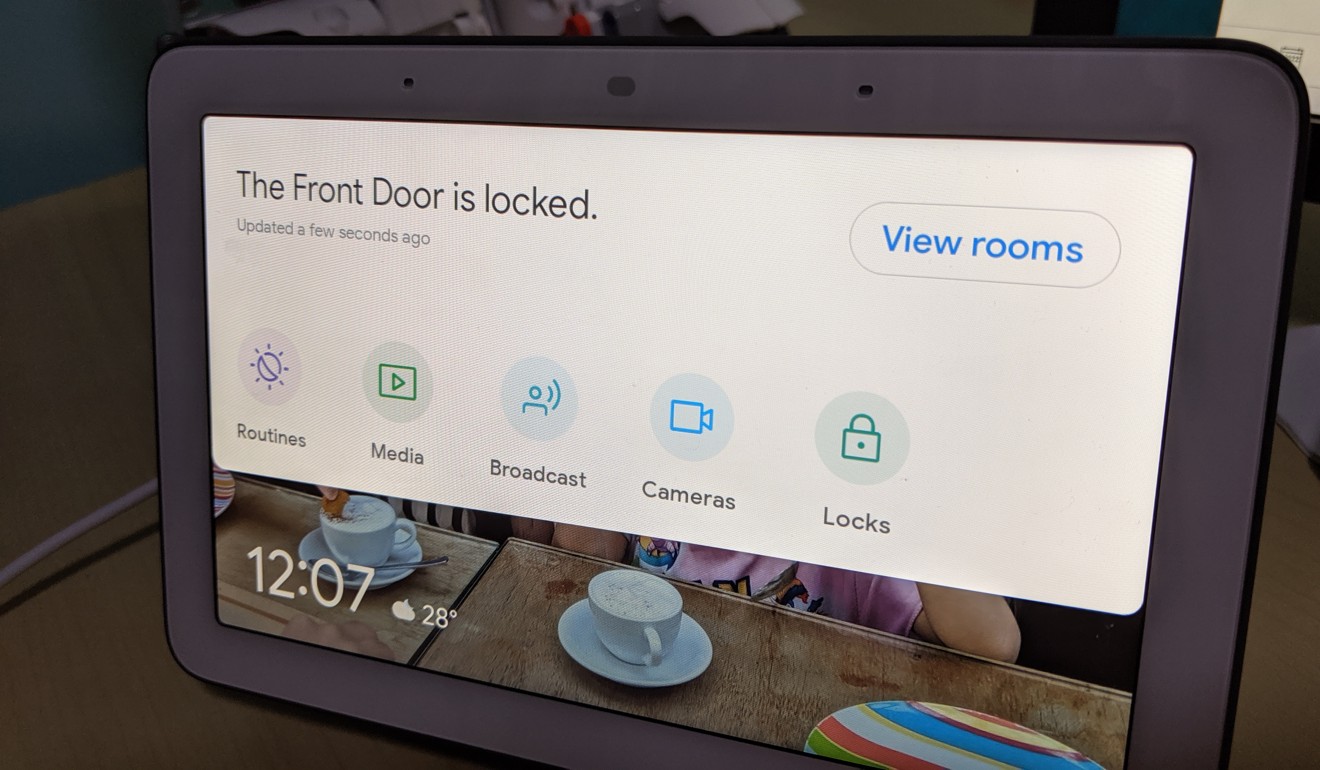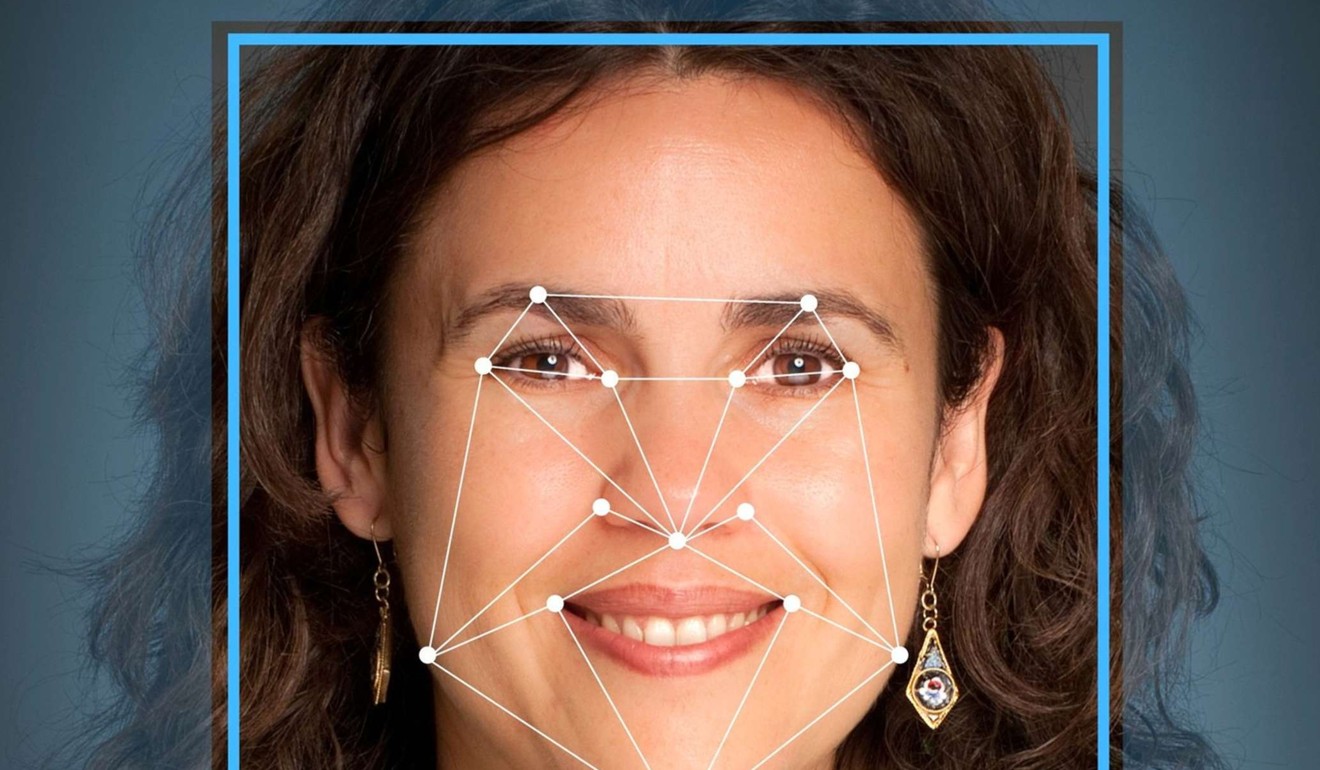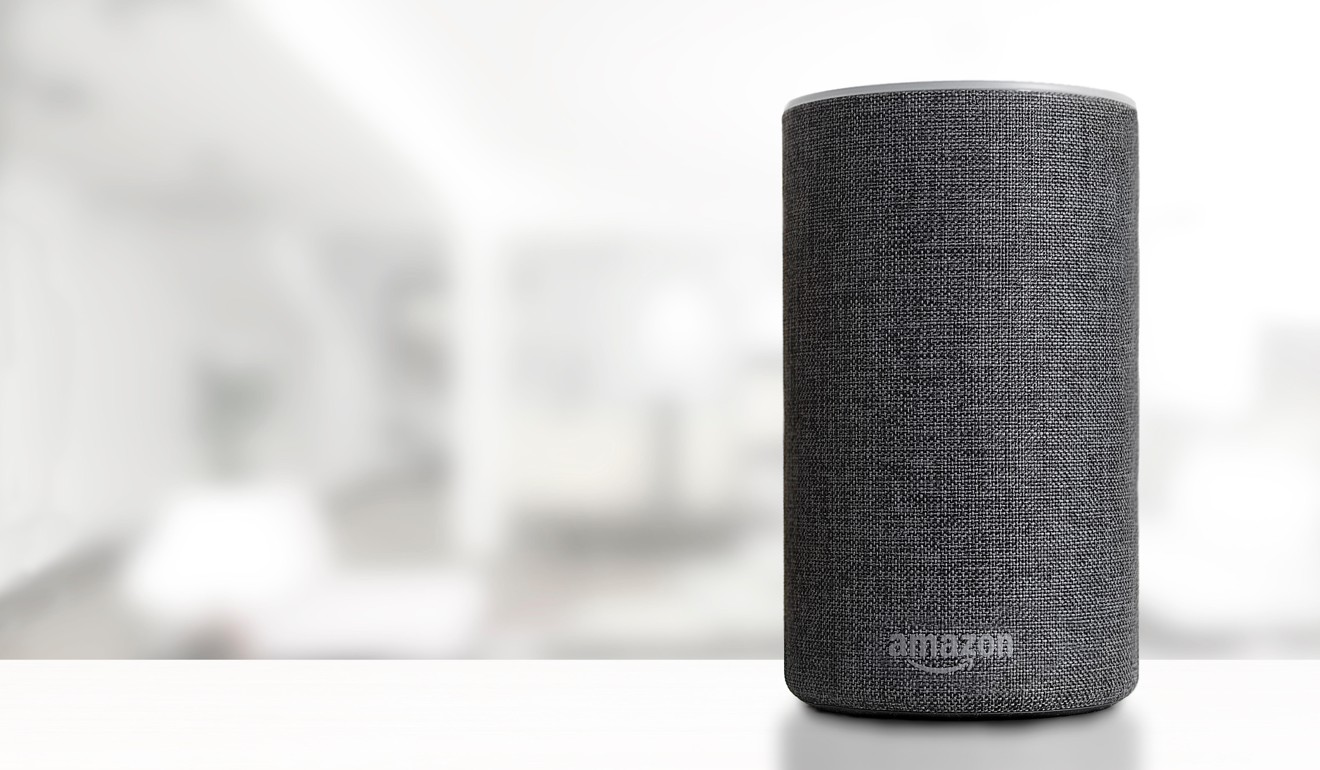
Review | Is the Google Nest Hub Max a clever, convenient assistant or a breach of your privacy?
- Google has updated its AI smart speaker, but its new face-tracking technology will be seen by many as too intrusive
- Its wide-angle lens scans the room for your face and tracks your hand movements; living with it embodied the cognitive dissonance of being a gadget guy in 2019
With the new Nest Hub Max, a smart speaker with a screen, Google is adding an eye to its talking artificial intelligence. When I flash my palm at the device, a camera spots me and immediately pauses my music. Talk to the hand, robot!
When I walk by, the Google Assistant greets me on its screen, “Good afternoon, Geoffrey.”

But it’s the addition of a wide-angle camera that everyone will be talking about. What do you get out of letting Google watch you through a Hub Max?
But that’s just the beginning of Google’s camera story. If you opt in to the Hub Max’s “face match” features, Google asks each family member to briefly scan his or her mug. Then the Hub Max’s camera stays on, ambiently looking for those faces. When the Assistant finds one, it tailors the content on its screen.
In the morning, it spotted me and proactively displayed a rundown of my day and commute – I never issued a command. You can also use it to leave reminders that pop up when the intended recipient passes by.

Understanding context is one of the biggest challenges for computers, and Google’s face technology opens interesting possibilities for personalisation in shared spaces.
Next, the camera powers gesture commands. While it’s looking for faces, the Hub Max is also keeping an eye out for your hands, which can serve as non-verbal, non-touch screen commands – in other words, sign language. For now, these are limited to “play” and “pause” music by flashing a palm, but Google says it’s exploring more.
Finally, the Hub Max can serve as a security camera, letting you check in on a stream of what’s going on at home. And like other Google Nest cameras, you can opt in to having the Hub Max send alerts when it identifies familiar faces.

Google also built some visual cues and controls for the camera. There’s a physical button you can press to cut the camera. A green light turns on whenever the security camera is live broadcasting, though not while the other camera sensing features are running.
For the face matching functions, which require the camera to be always looking, Google borrowed a page from the Apple playbook. All the processing to match your face happens on the device itself. Those images are deleted immediately, and Google says it does not keep a record of when it identifies faces.
YouTube to pay US$170 million penalty for collecting data on kids
As a privacy guy, I’m glad Google is taking those steps. Keeping face data local makes it less likely to be stolen or misused by police, marketers or data spies – if you trust Google to maintain its data standards and security precautions.
But with Google, it’s always important to ask what the company is getting out of the deal. Your face matches may stay on the Hub Max, but any interaction with the Assistant (like tapping on the screen or issuing a voice command) gets added to your Google profile which can, by default, be used to target you with ads.

The Hub Max also gets you to use more Google services, like YouTube, search and Duo, all of which also add to its valuable profile of you.
The concerns only multiply from here. Today the face features are only accessible by Google, but what happens when it begins letting other apps and services access your face? Or when the tech also detects emotion in a face?
Ultimately, the Hub Max suffers from the same affliction as many new Google products. It’s frighteningly advanced technology that hasn’t identified the problem in our lives that needs solving. None of the camera functions the Hub Max offers today make it worth bringing surveillance inside my house.
Google and all the other companies pushing face tech are going to have to keep working on uses that cross the chasm from creepy to can’t live without it.
For more insights into China tech, sign up for our tech newsletters, subscribe to our Inside China Tech podcast, and download the comprehensive 2019 China Internet Report. Also roam China Tech City, an award-winning interactive digital map at our sister site Abacus.

